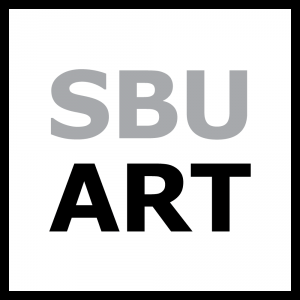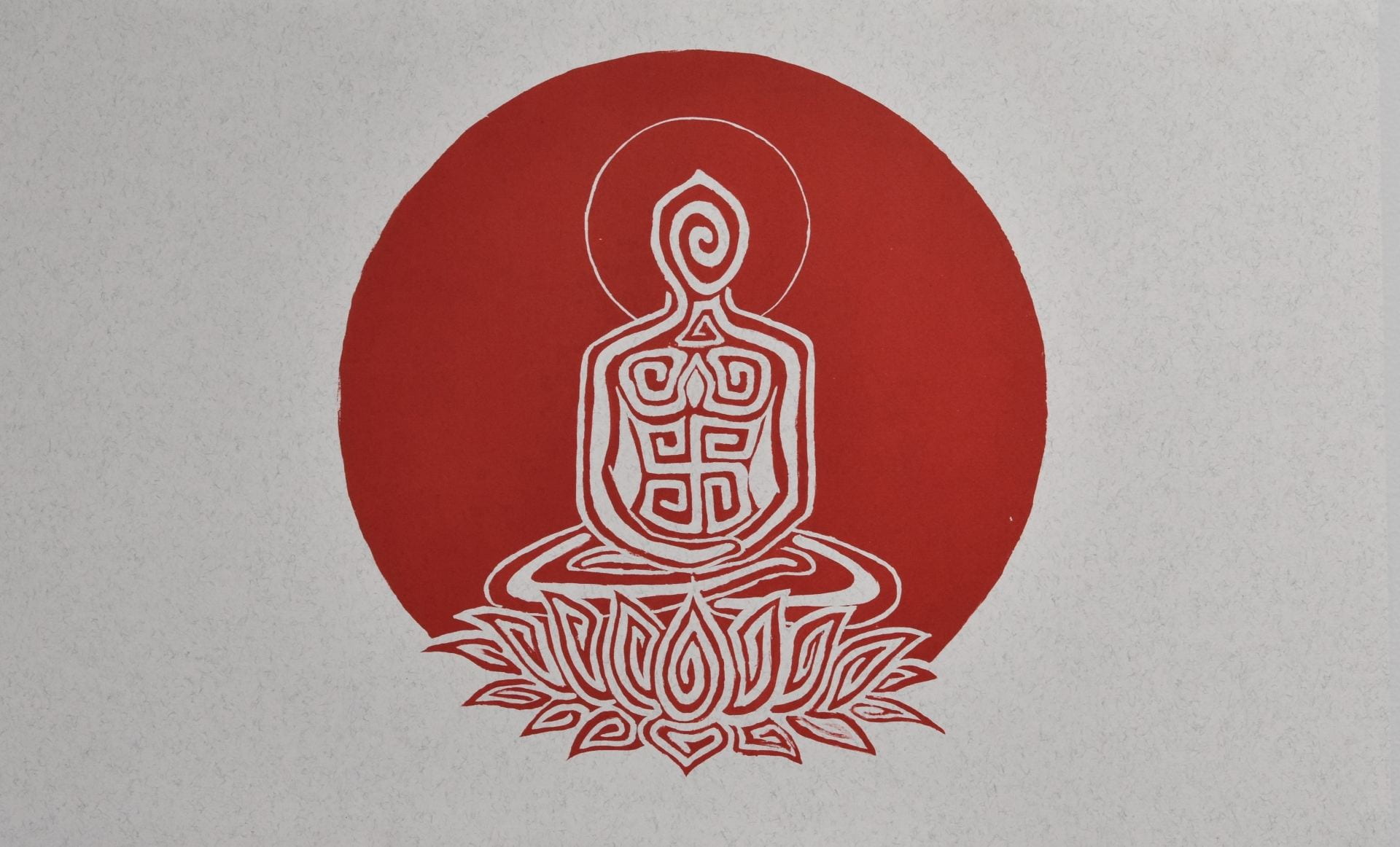-
Despite living in America all my life, I have had the privilege of being raised with my Indian culture and Jain religion. My parents were immigrants who knew very little about western culture. Their lack of understanding and knowledge contributed to my own ignorance.
As I grew, I was made aware that one of our holy symbols held a distinctly negative meaning in western civilization. While the symbol has a long history of positive connotation and peace, it was forever corrupted by its use in one cultural context: Nazi Germany. The intention of this body of work is to shed light on the unease I have endured for many years, due to the western cultures’ interpretation of one of our most important religious symbols; the swastika. I have experienced criticism and censorship regarding this, and now more than ever feel the need to overcome this anxiety. The rise of “Cancel culture” has given birth to a herd mentality, where society is quick to condemn the innocent over misunderstandings. It was devastating to see such a symbol of peace and well-being tainted by ignorance, which was a driving force in creating this body of work.
I want to show my long standing internal conflict, the true beauty, and eventual peace that is in fact connected with this symbol. I want to show people it is time to start learning and researching things for ourselves before forming polluted and misinformed opinions. My work is unique to my personal experiences, culture, and religion, as I am inspired by my faith and upbringing.
The design of the three works together comes from drawings called saathiya which we create by placing down three parts of rice on a red platform and using our finger to transform them into these symbols. When creating these symbols on fabrics and papers, it is often done with red powder mixed with water to create an ink-like substance, which inspired the choice of red on the textural white paper.The four arms of the Jain “swastika” symbolize the four places the Jain believe our soul could be reborn as in the cycle of birth and rebirth. These four places are “heaven”, “humanity”, “flora or fauna”, and “hell”.
In order to leave this cycle of birth and death our souls must lead a path of right faith, right knowledge, and right conduct without attachment and hatred- values symbolized by the three dots placed above the swastika.
The small arched curve and dot above it represent the final resting place when our souls have gotten rid of all our karmas and truly embody the core value of our religion; non-violence. This final work shows my resolution with my internal struggle, which led me to share this work publicly.
From its earliest conception the “swastika” was a symbol of positivity and encouraging of life; its literal translation from sanskrit is “conducive to well-being.” It has been used by cultures around the world for a myriad of different purposes, originating from asian cultures and religions. To my religion, Jainism, the symbol represents the four states of existence and the perpetual nature of the universe.

Department of Art | Stony Brook University | 2224 Staller Center for the Arts | Stony Brook, NY 11794-5400
631.632.7250



